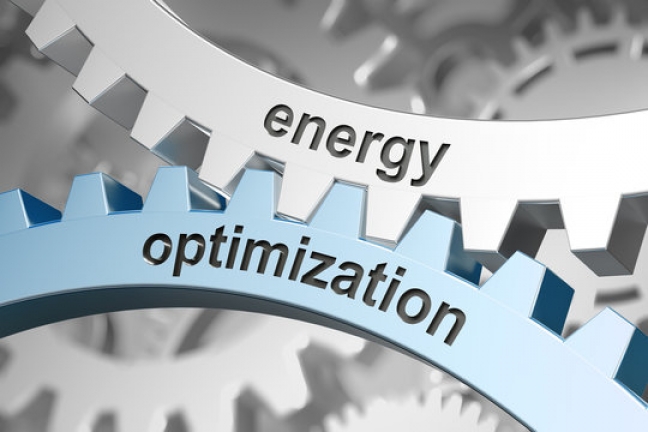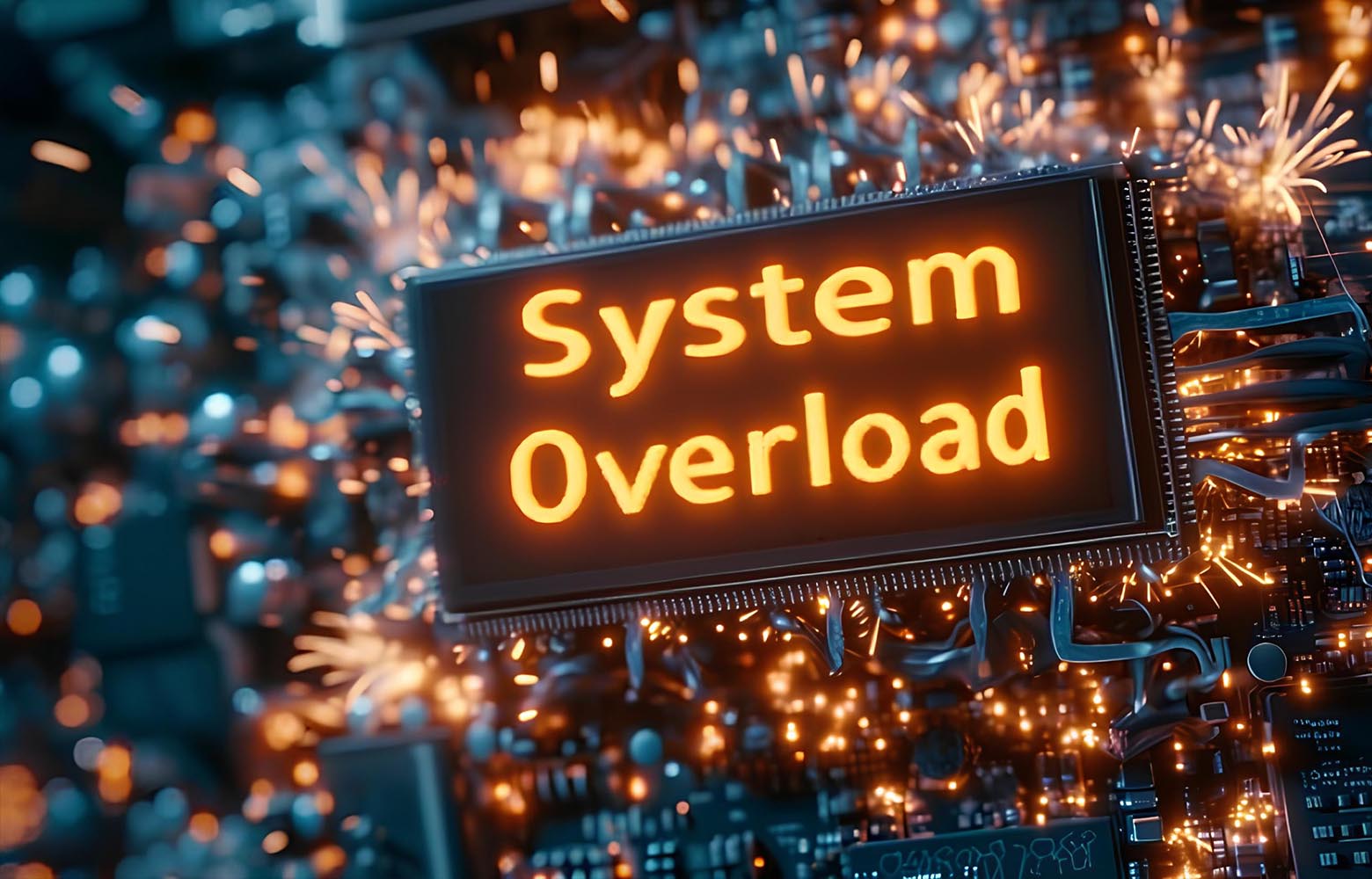From high-level voltages to discerning lower-level electrical currents, our state-of-the-art SNL_V voltage sensor offers precise voltage measurements, complemented by the Sepehr Informatic Derakhshan monitoring system. For ensuring optimal performance of your critical server room and data center devices, diligent voltage monitoring is recommended.
A voltage drop can lead to interruptions and irreparable damage to devices, while voltage spikes may result in overheating. Continuous voltage monitoring enables proactive measures.
Voltage Sensor S NL_V features:
- Voltage measurement range: 90 to 250 volts
- UPS power outage warning
- Monitoring of environmental input voltage
- LAN communication port
- 9-volt, 1-amp power supply
- Backup battery and charger
- SNMPv3 protocol support
A voltage sensor accurately measures voltage levels in electrical circuits or devices, promptly alerting users to deviations from set standards. It detects and measures AC or DC voltage, delivering output in various forms based on user-defined thresholds.
Benefits of using voltage sensor:
- 24/7 equipment monitoring
- Compact design for minimal space occupancy
- Enhanced security and risk mitigation
- Timely alerts for critical voltage levels
- High accuracy and low error rate
- Environmentally friendly
- Cost savings by preventing equipment damage or malfunction due to overheating.
Choose our voltage sensor for reliable and efficient voltage monitoring, safeguarding your critical infrastructure and optimizing operational efficiency.
What are the uses of the voltage sensor?
A voltage sensor such as the SNL_V voltage node ensures the safety, efficiency, and accuracy of electrical systems. Below are some of the uses and reasons why voltage sensors are important:
- Equipment protection: Monitor voltage levels to safeguard devices from damage due to high or low voltage. Prompt alerts enable timely action to prevent hazards.
- Error detection: Identify electrical errors such as short circuits or insulation failures, facilitating proactive maintenance and troubleshooting.
- Electrical quality monitoring: Ensure electricity quality by detecting voltage fluctuations and defects, enhancing operational reliability.
- Energy optimization: Optimize energy consumption and minimize losses by utilizing real-time voltage data.

Voltage overview: Voltage represents the energy per unit charge that drives electric current in circuits. It governs electron movement in conductors, vital for device operation.
High voltage: Standard single-phase and three-phase voltages in Iran are 230V and 400V, respectively. High voltage, exceeding 69kV, is prevalent in power transmission, industrial plants, and substations. Voltage classifications vary globally and across industries.
AC vs. DC Voltages:
Understand the usage of electrical systems for optimal performance
What is AC Voltage:
- Alternates direction regularly, resulting in changing pole polarity.
- Utilized in household electrical systems and power grids, generated by power plants and distributed via transmission lines.
- Voltage magnitude varies sinusoidally, reaching positive and negative peaks.
- Frequency, typically 50 or 60 Hz, determines the rate of polarity change.
- Easily convertible using transformers due to its alternating nature.
What is DC Voltage:
- Flows consistently in one direction with constant polarity.
- Found in batteries, electronic devices, and select industrial applications.
- Produced through AC voltage conversion using rectifiers, or directly from batteries or solar cells.
- Voltage magnitude remains stable over time without frequency fluctuations.
- Conversion to other voltages requires specialized converters rather than conventional transformers.






Reviews
There are no reviews yet.